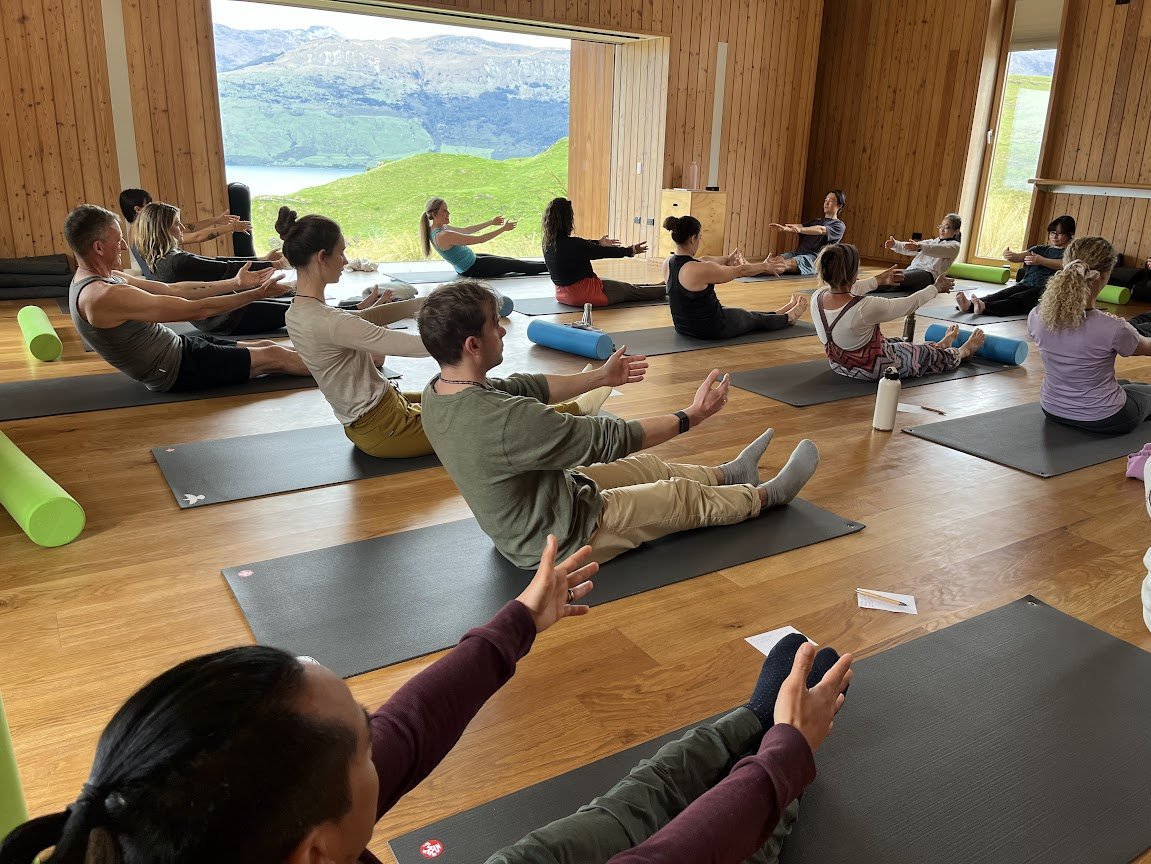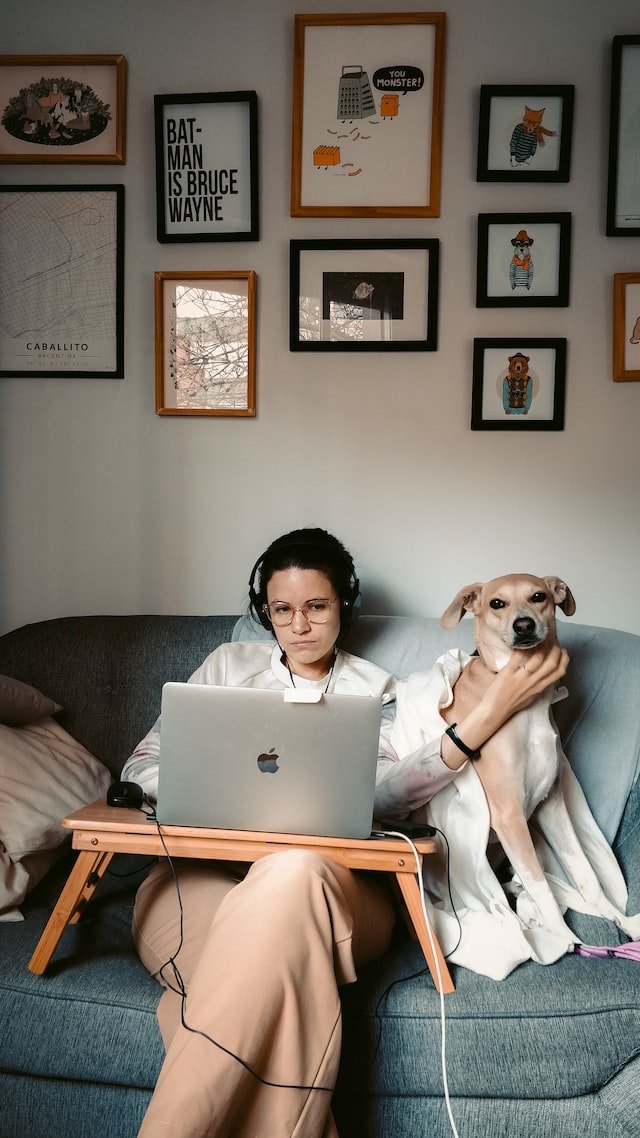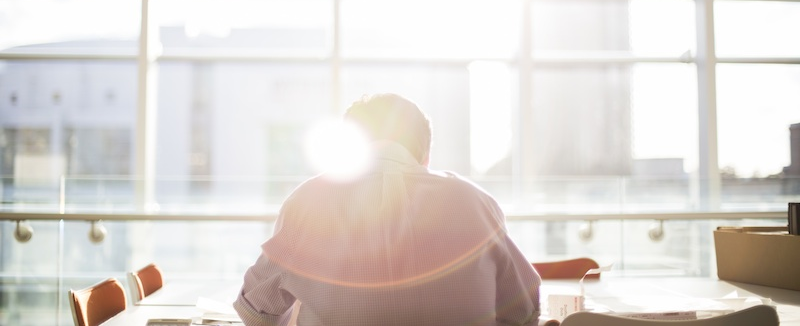In-Room Stretches For Healthy Hips
Do your hips and back feel stiff and stuck after travelling on a plane, or even after a long drive? Don't worry, there are easy stretches you can do right in your own hotel room! Give them a try.
Firstly: Why do you need to mobilise the hip?
When you sit all day, your hips are constantly flexed at 90 degrees. As the hip is a ball and socket joint, it's designed to move around in many directions, so it doesn't like being stuck at 90 degrees all day. The muscles that attach to the femur, plus the glutes (butt muscles) and your hip flexors become short and weak from too much sitting, so stretching and moving is the best thing you can do to ensure you have a healthy hip joint for longer.
1. Sitting Gluteal Stretch
This stretch can be done in your plane seat, at a desk, or on the bed of your hotel room.
While you’re sitting, bring your right ankle up to rest on your left knee.
With a straight back, gently lean forward, placing gentle pressure from your right forearm onto your right knee, gently easing it toward the floor.
Hold as you count to thirty,
Gently let go and repeat on the left.
Pic by Lifehack.org
2. In-Room Hip Flexor Stretch
This stretch is perfect to when you arrive at your hotel room. It's a great way to release the hip flexors that have been shortened throughout your trip.
Standing up tall, place the shin of your right leg on a chair or on your bed, making sure you left foot is straight.
Standing on the left leg, bend your left knee into a lunge position
Hold as you count to thirty
Gently let go and repeat on the left.
3. Spinal Massage & Child’s Pose
Lying on your back, bring your knees to your chest and gently rock side to side. This helps to release the erector spinae muscles that run parallel to the spine.
Next, on your hands and knees, gently rock back until you’re sitting on your heels, and stretch your arms forward for a real spine stretch into child’s pose. Rest here for a few breaths. If it’s more comfortable, place your hands down by your side instead of stretching them out in front.
4. Restore mobility with a spinal roll down
The hip joint, pelvis and lower spine are all connected, with many muscles joining these bones together. A spinal roll down is a great way to let gravity help you gently stretch the muscles and nerves of your lower spine and pelvic region. Check out the video below to learn how to do a spinal roll down.
Standing up tall and breathe in
Breathe out as you gently tuck your chin to your chest and roll all the way down to the floor.
Let your arms go floppy and your head hang.
Breathe in at the bottom, and breathe out as you roll all the way up to the top, thinking of stacking your vertebrae, one on top of the other.
You can repeat this roll-down a few times until you feel ready to sit back down.
If you get hip pain, low back pain or feel sluggish after travelling, try the stretches above when you arrive in your hotel room. If you're not sure how to get started with moving better at work, see a good Physiotherapist, or get in touch with me to get help, and start living your healthiest life at home, and when you travel.









